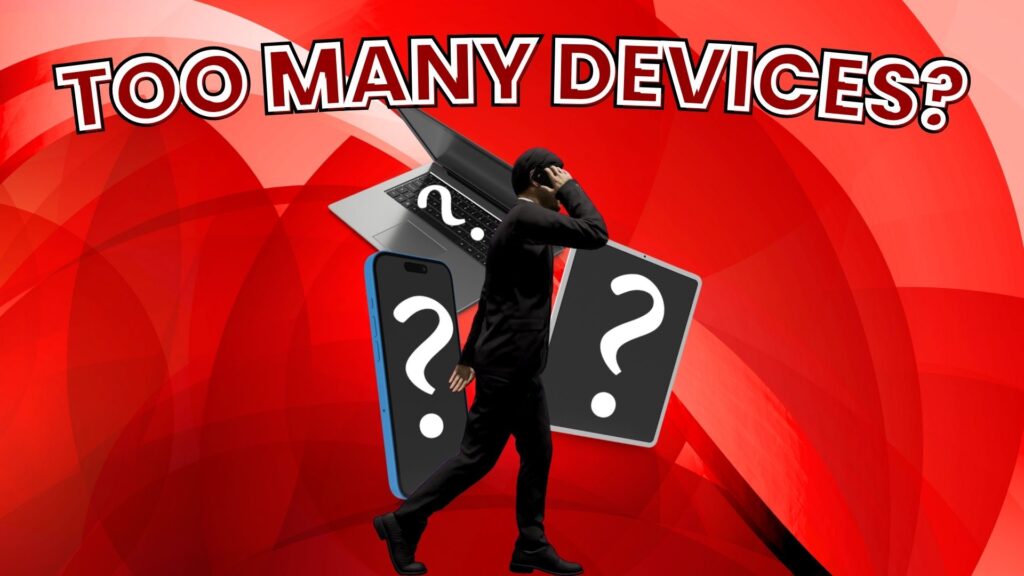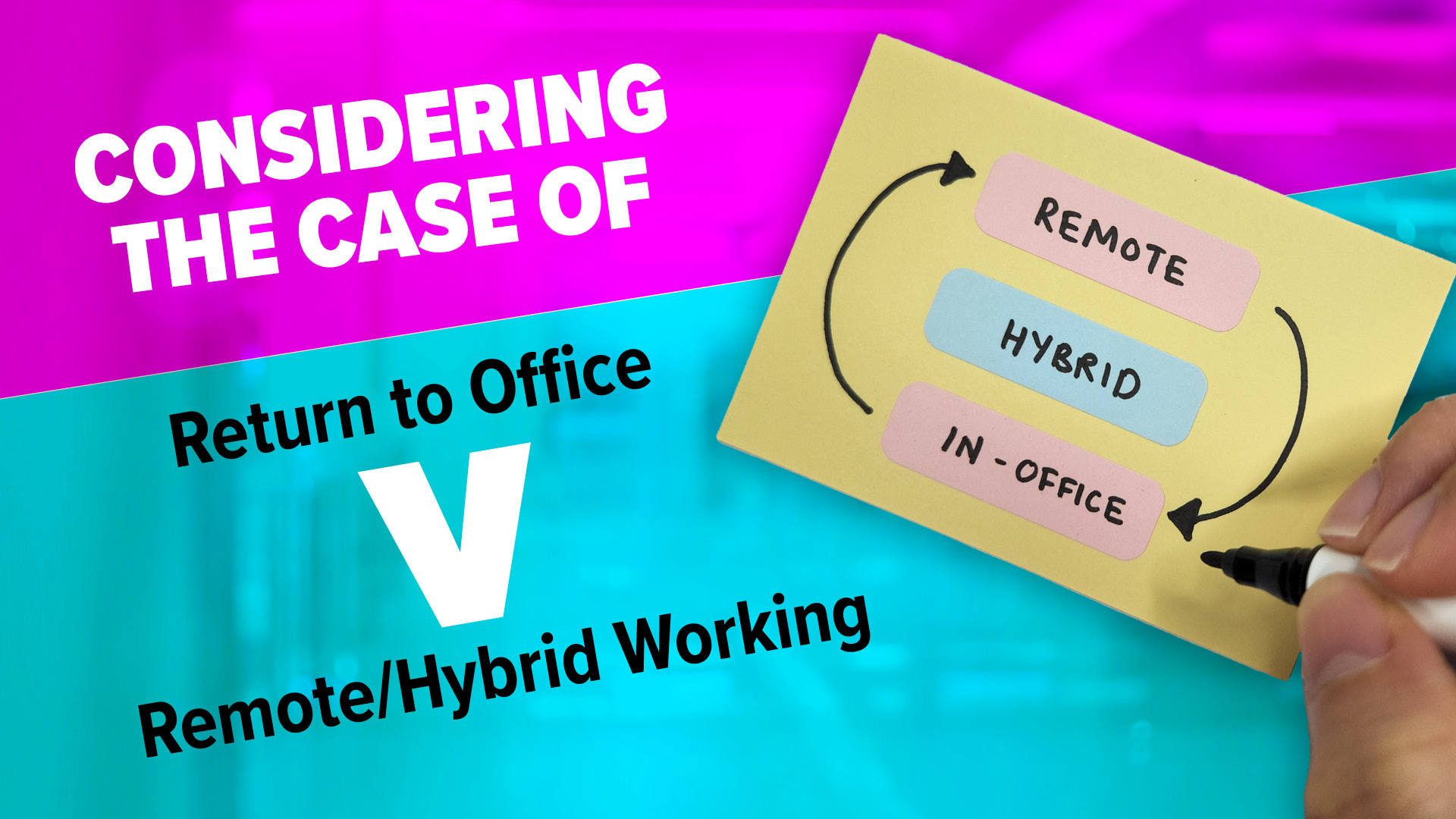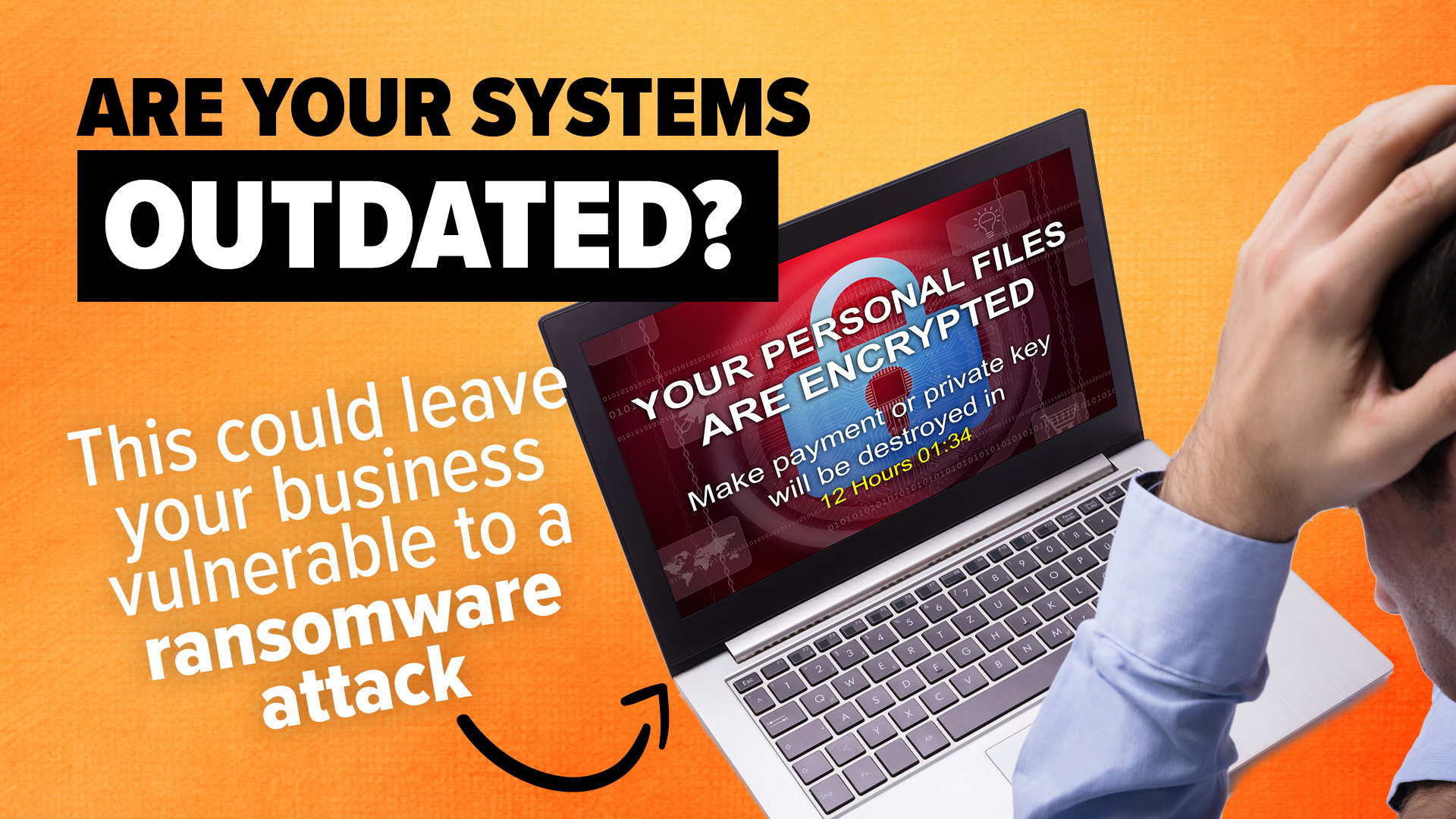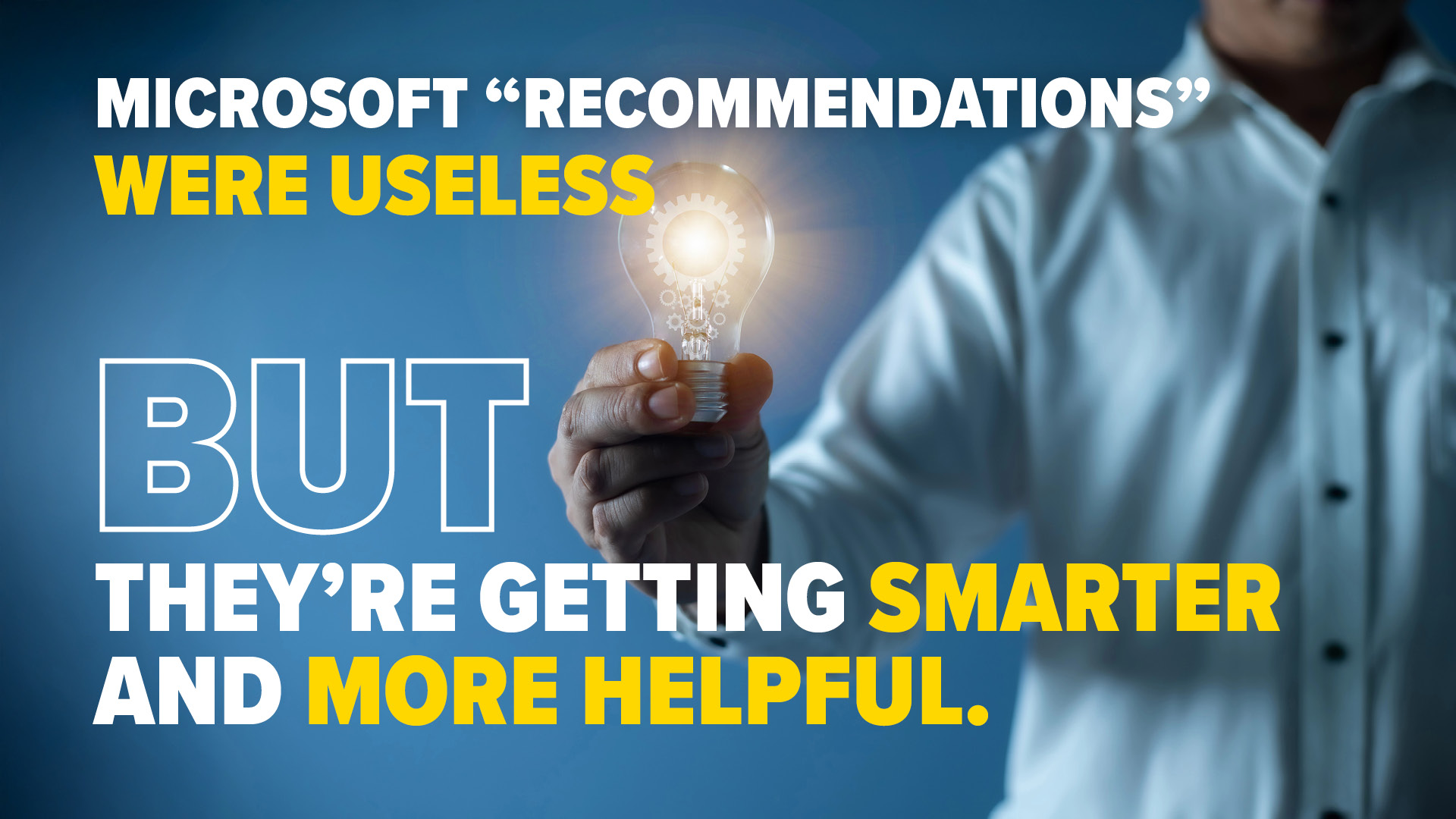It feels like we have a gadget for everything these days, doesn’t it? The average office employee now carries around three work devices to get through the day. Think laptops, tablets, headphones… and even multiple phones.

Technology keeps teams connected and helps us work smarter – but there’s a downside: Managing so many work devices can get a little overwhelming.
What happens every time we add a new device to our daily work routine? There’s something else to charge. Another thing to carry. One more item to keep track of. In fact, carrying around all this tech adds up to an average 9lbs of extra weight. That’s like carrying an air fryer to work every day!
Another issue is the mental load. Many professionals say they feel bogged down by the notifications they get across all their work devices. It’s common to get dozens of notifications every day, and the constant flow of alerts can be such a distraction.
This constant barrage of information can fragment our attention, making it difficult to focus on deep work and ultimately hindering productivity. It’s no wonder that many people feel stressed and overwhelmed by their technology, despite its intended purpose of making our lives easier.
Beyond the weight and the notifications, the sheer cost of maintaining multiple work devices can also be a significant burden. Consider the price of each device, the cost of repairs, and the potential need for replacements.
Then factor in the subscriptions and software licenses that often accompany these gadgets. For businesses, this can translate into a substantial IT budget dedicated solely to device management. For individuals, it can mean a significant chunk of their personal income dedicated to keeping up with the latest tech. This financial overhead is often overlooked when we consider the impact of our device-heavy work culture.
Furthermore, the environmental impact of our ever-growing reliance on technology is a concern that deserves attention. The manufacturing process for electronic devices requires significant resources and energy, and the disposal of outdated or broken devices contributes to e-waste, which can be harmful to the environment.
As we accumulate more and more gadgets, we are also contributing to a growing problem of electronic waste. Making conscious choices about the devices we use and extending their lifespan whenever possible can help to mitigate this negative environmental impact.
One way to get around gadget overload is to try out work devices that handle many functions, like foldable phones, or hybrid laptops. This way, one device could do the same thing two or three of your devices are doing.
Another great strategy is to upgrade to a smarter system, like Windows 11.
Windows 11 makes it easier to switch between tasks, reducing the need for extra devices. With a smoother, more integrated experience, your team might not feel they need as many gadgets to stay productive. Need help streamlining your setup? We can help walk you through the options. Get in touch.








